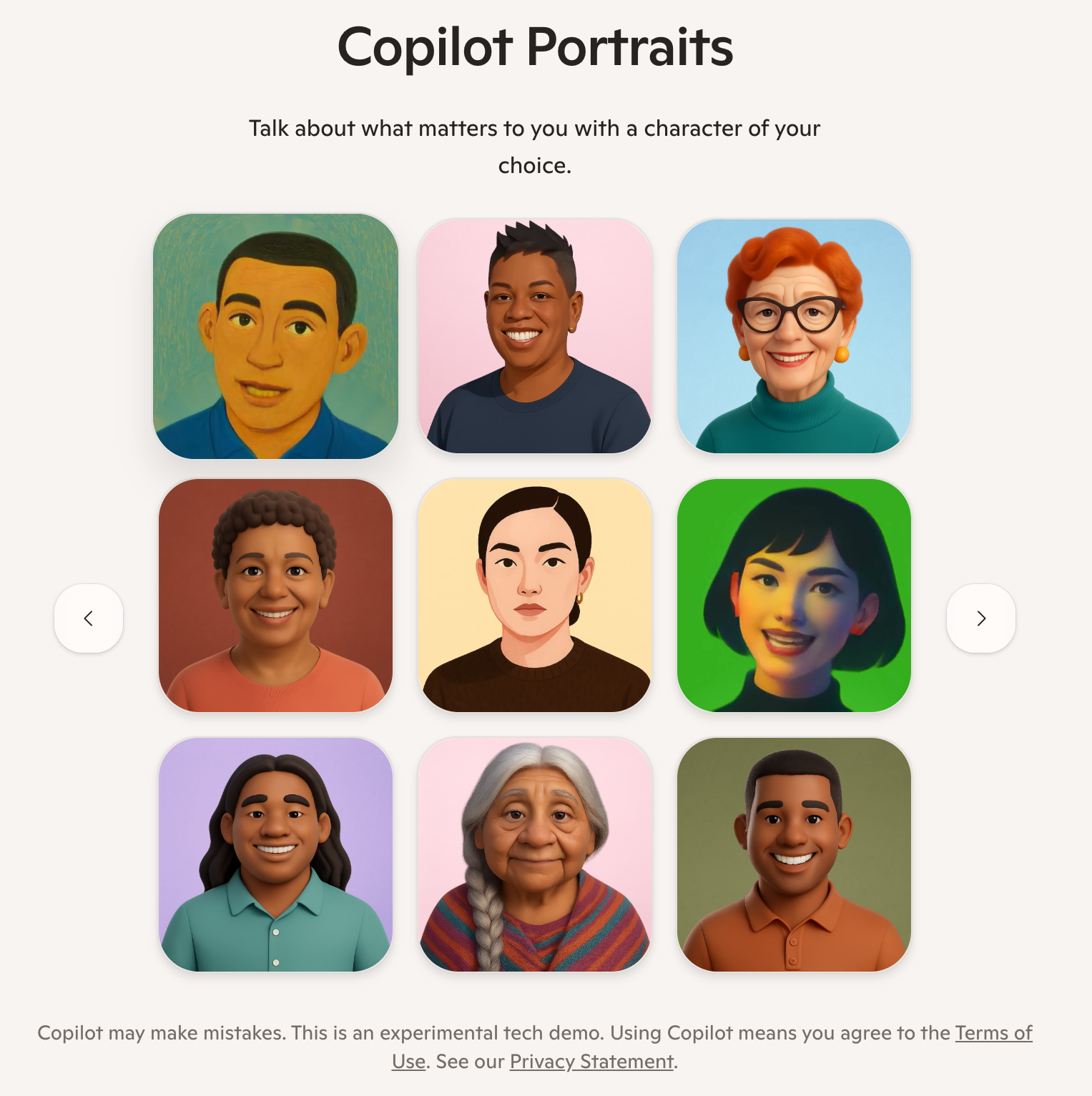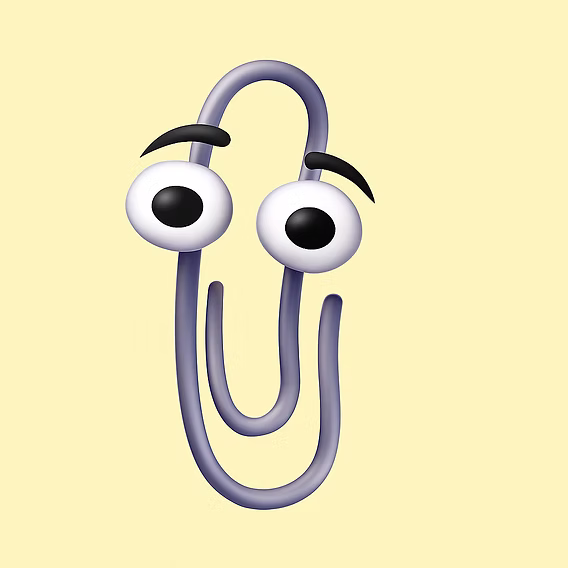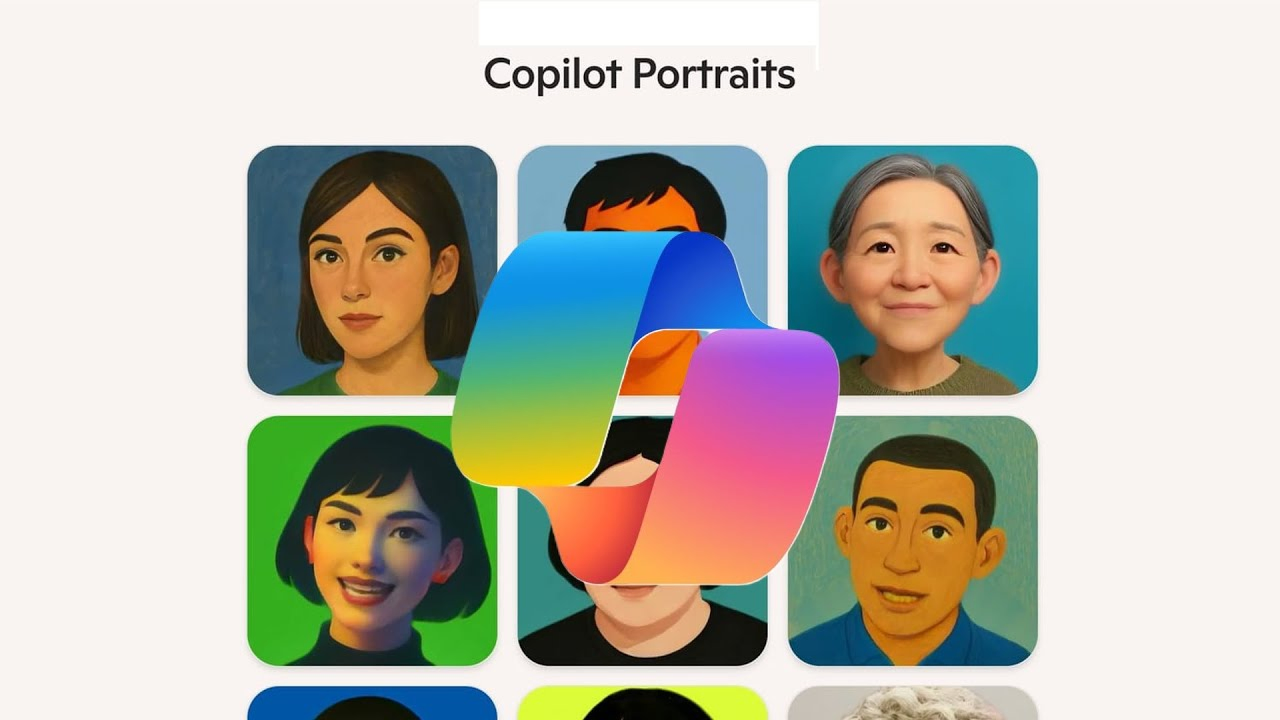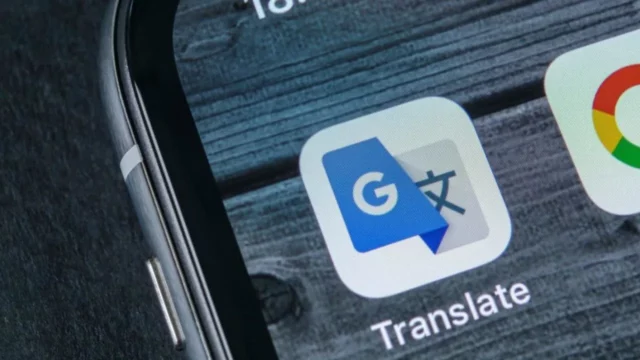Microsoft has introduced a new feature to make its AI-powered assistant, Copilot, more welcoming and natural. The experimental feature, called “Copilot Portraits,” allows users to see a stylized human face in person during voice conversations.
Currently available only to a limited group of users in the US, UK, and Canada, the feature offers 40 different stylized human avatars. Users can select these avatars and pair them with different voices. During a conversation, the chosen avatar responds with real-time facial expressions, head movements, and lip sync.

Microsoft AI CEO Mustafa Süleyman announced the feature on the social media platform X. Süleyman explained that some users reported feeling more comfortable talking to a face during voice communication, and that Portraits was developed based on this feedback.
In a statement on the Copilot Discord server, Microsoft explained that this experiment was powered by VASA-1 technology, developed by Microsoft Research, which can create natural facial animations from a single image. This results in more natural-looking animations without the need for complex 3D modeling.
The company also introduced a similar initiative, “Copilot Appearances,” in July. However, there’s a key difference between the two features: Appearances features more cartoonish characters, while Portraits uses stylized, yet more human-looking avatars.
It’s also noteworthy that the Portraits experiment is a response to similar attempts by rival platforms. For example, X’s Grok chatbot features anime-inspired 3D avatars. However, due to security concerns, Microsoft is rolling out this new feature slowly and with control. The company is conducting tests limited to users aged 18 and over and offering clear “AI warnings” along with daily session limits.

Copilot Portraits will not be photorealistic
Microsoft’s blog post stated:
“Each portrait is intentionally stylized and not photorealistic. We are continuing to maintain Copilot’s security standards and intelligence while providing users with visual variety.”
The new feature is seen as the latest step in Microsoft’s effort to transform its AI assistant into a character that’s not only functional but also capable of establishing a more human connection with users.
And perhaps this initiative will evoke a nostalgic feeling for those who remember Clippy, who first appeared on screens years ago. The difference is that this time, instead of a winking paperclip, you’ll be able to converse with stylized human faces.













